We are committed to sustainable aquaculture
In the Guadalquivir estuary, we carry out daily cleaning and convergence (?) of our wetlands, as well as environmental improvements, which have been very positive for both our aquaculture activity and the aquatic birds that live here. The main objective of these works is to generate spaces and actions aimed at increasing and conserving the breeding, feeding of vulnerable birds threatened by climate change.
Other objectives are:
- Restore ecosystems that provide environmental support against climate change
- Increase the biodiversity of threatened and vulnerable species
- Implement areas for exclusive environmental or reserve use within the Guadalquivir estuary
- Generate tools for awareness and dissemination of measures to combat climate change
- A paradise for Sea Bass & Doradas
- Sustainable aquaculture and threatened birds
- Renewable energy
- A natural enclave for Marbled Duck
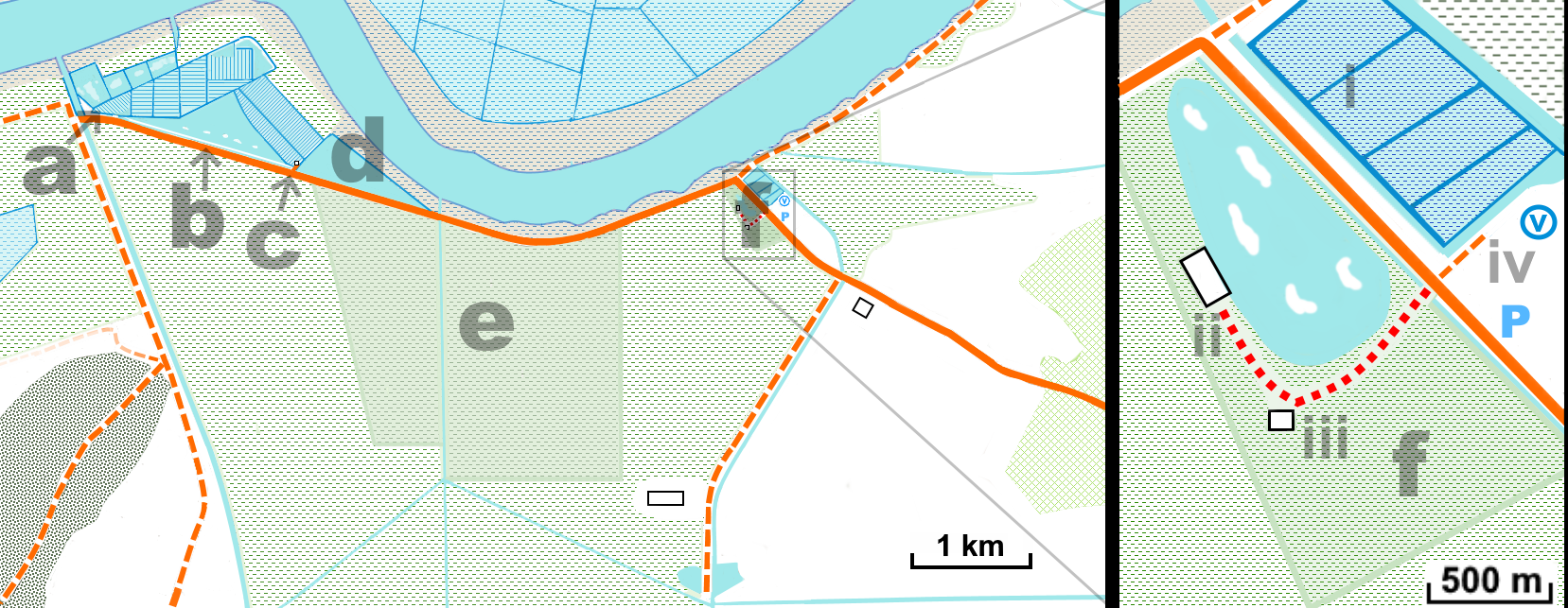
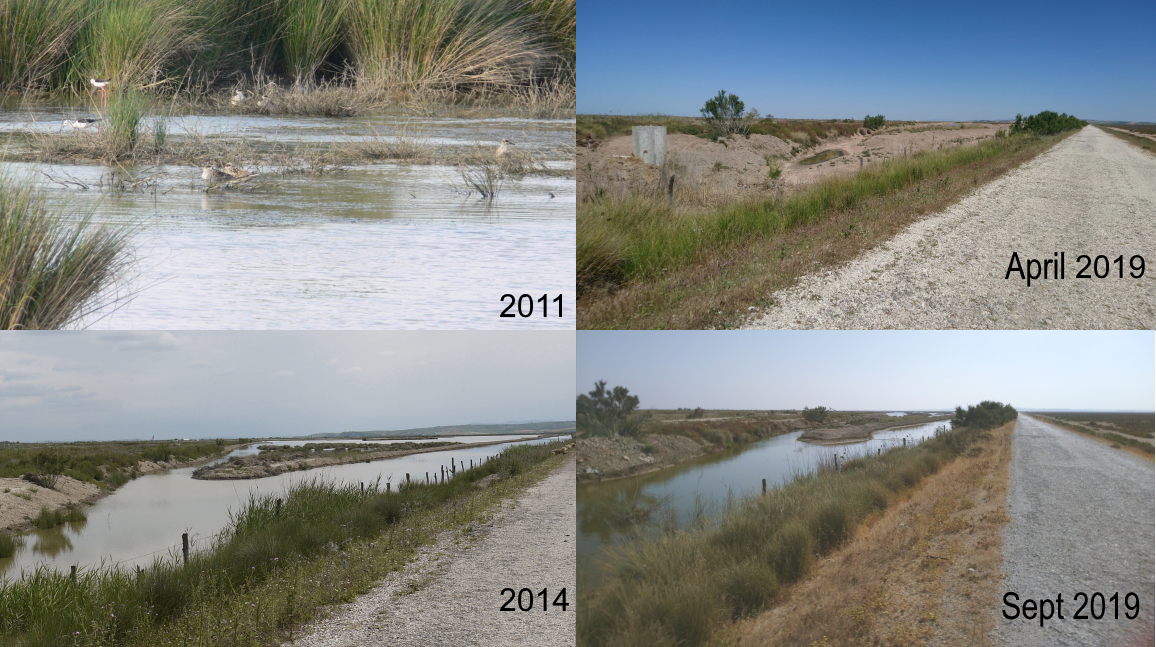
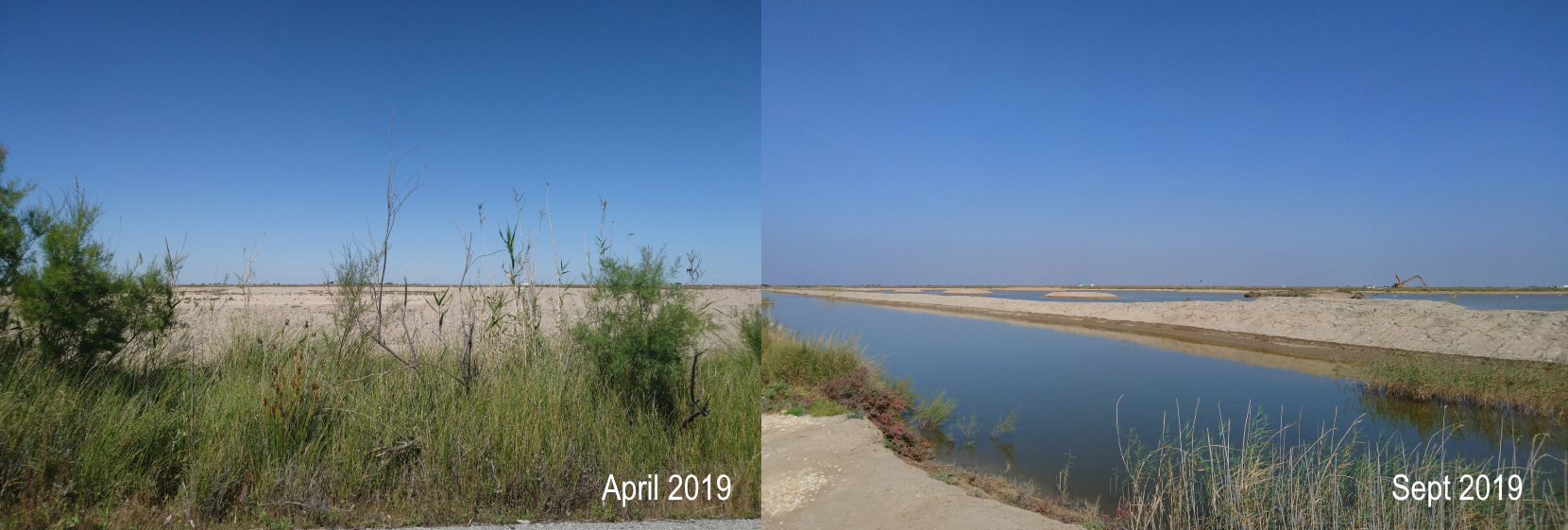
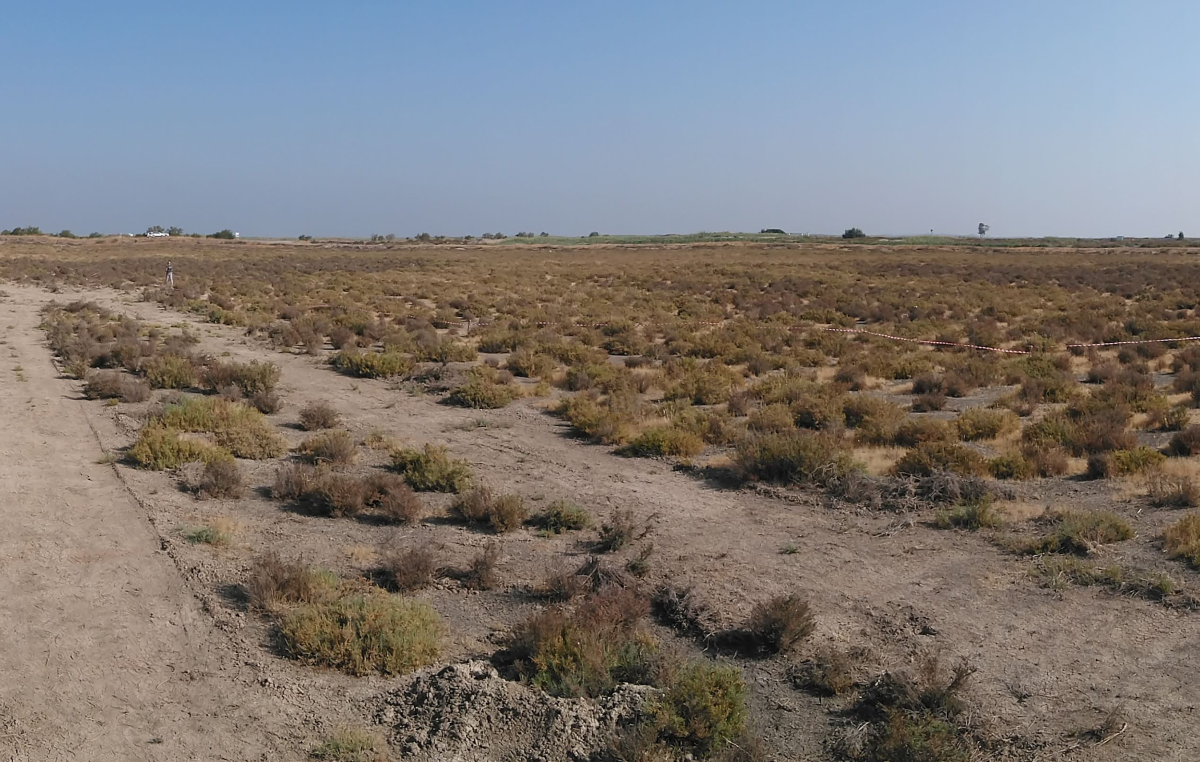
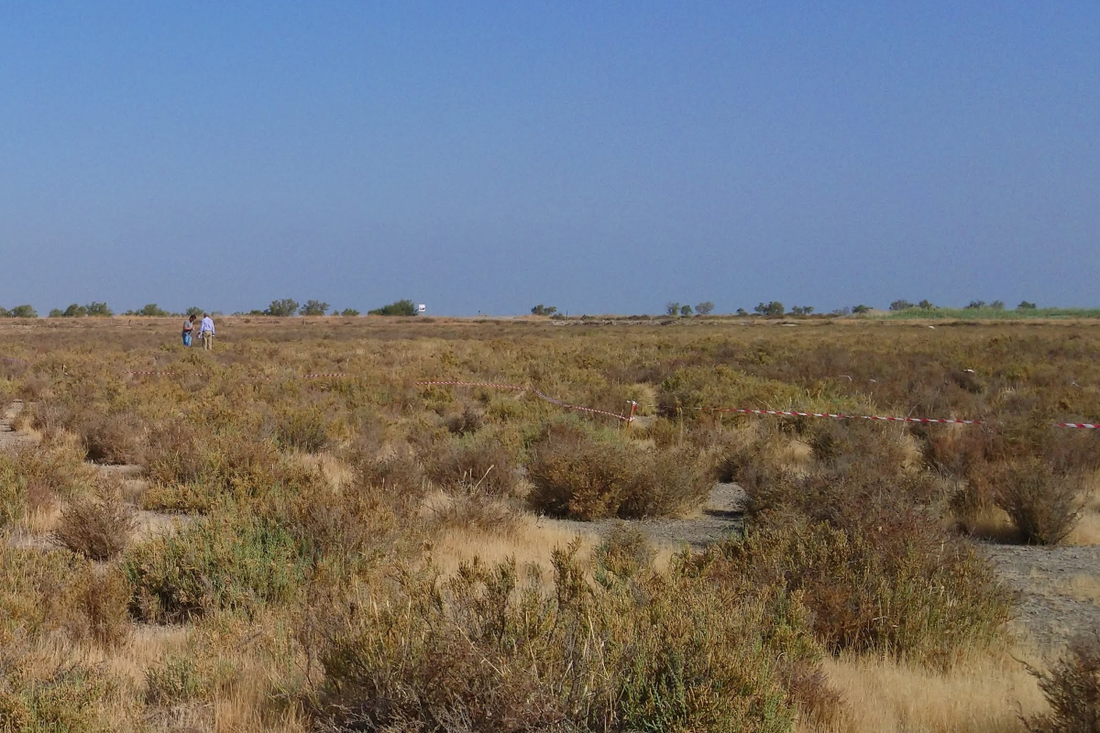
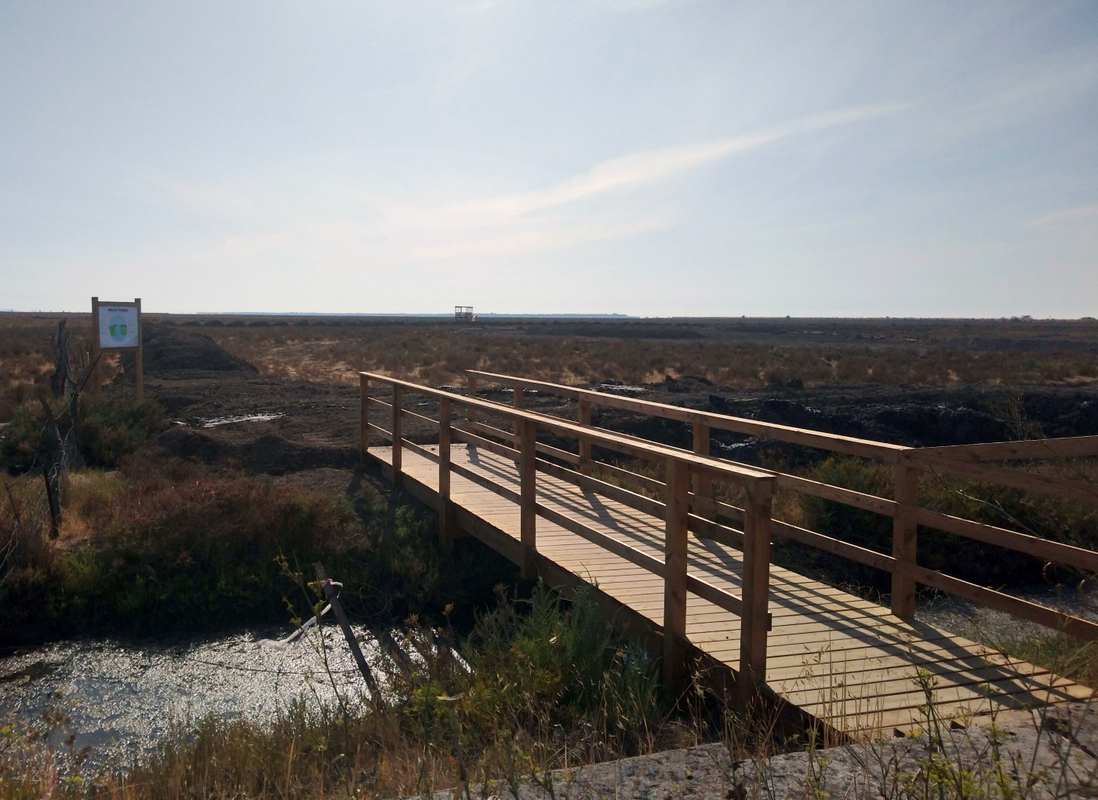
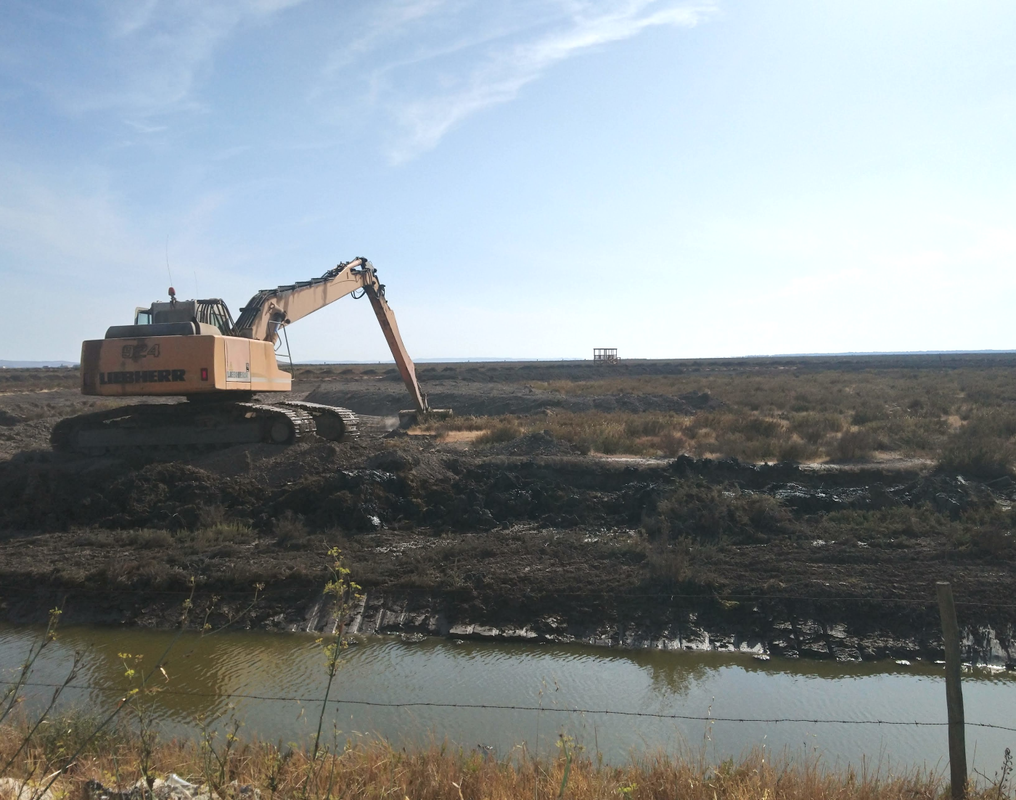
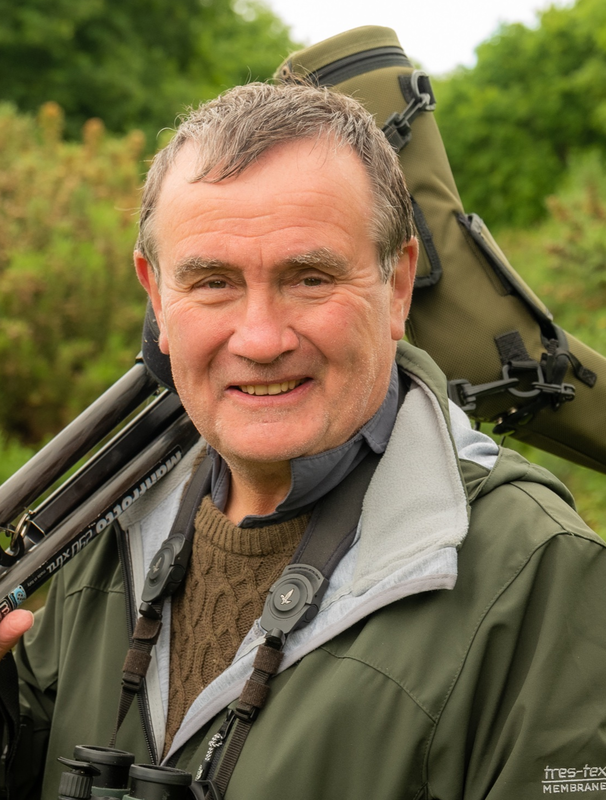
 RSS Feed
RSS Feed
